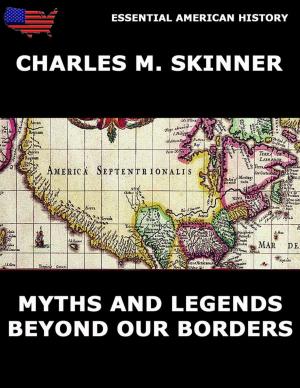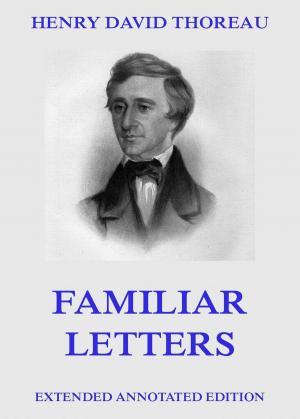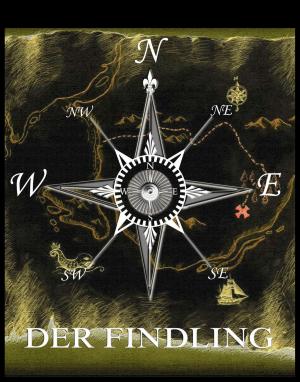| Author: | Thomas William Rhys Davids | ISBN: | 9783849622466 |
| Publisher: | Jazzybee Verlag | Publication: | July 21, 2012 |
| Imprint: | Language: | English |
| Author: | Thomas William Rhys Davids |
| ISBN: | 9783849622466 |
| Publisher: | Jazzybee Verlag |
| Publication: | July 21, 2012 |
| Imprint: | |
| Language: | English |
This book contains complete and/or excerpts from the following Buddhistic suttas: 1. The Book of the Great Decease (the Mahâ-parinibbâna-Suttanta), which is the Buddhist representative of what, among the Christians, is called a Gospel. 2. The Foundation of the Kingdom of Righteousness (the Dhamma-kakka-ppavattana-Sutta), containing the Four Noble Truths, and the Noble Eightfold Path which ends in Arahatship. 3. The Discussion on Knowledge of the Three Vedas (the Tevigga-Suttanta), which is a controversial dialogue on the right method of attaining to a state of union with Brahmâ. 4. The Sutta entitled 'If he should desire--' (Âkankheyya-Sutta), which shows in the course of a very beautiful argument some curious sides of early Buddhist mysticism and of curiously unjustified belief. 5. The Treatise on Barrenness and Bondage (the Ketokhila-Sutta), which treats of the Buddhist Order of Mendicants, from the moral, as distinguished from the disciplinary, point of view. 6. The Legend of the Great King of Glory (the Mahâ-sudassana-Suttanta), which is an example of the way in which previously existing legends were dealt with by the early Buddhists. 7. The Sutta entitled 'All the Âsavas' (the Sabbâsava-Sutta), which explains the signification of a constantly recurring technical term, and lays down the essential principles of Buddhist Agnosticism.
This book contains complete and/or excerpts from the following Buddhistic suttas: 1. The Book of the Great Decease (the Mahâ-parinibbâna-Suttanta), which is the Buddhist representative of what, among the Christians, is called a Gospel. 2. The Foundation of the Kingdom of Righteousness (the Dhamma-kakka-ppavattana-Sutta), containing the Four Noble Truths, and the Noble Eightfold Path which ends in Arahatship. 3. The Discussion on Knowledge of the Three Vedas (the Tevigga-Suttanta), which is a controversial dialogue on the right method of attaining to a state of union with Brahmâ. 4. The Sutta entitled 'If he should desire--' (Âkankheyya-Sutta), which shows in the course of a very beautiful argument some curious sides of early Buddhist mysticism and of curiously unjustified belief. 5. The Treatise on Barrenness and Bondage (the Ketokhila-Sutta), which treats of the Buddhist Order of Mendicants, from the moral, as distinguished from the disciplinary, point of view. 6. The Legend of the Great King of Glory (the Mahâ-sudassana-Suttanta), which is an example of the way in which previously existing legends were dealt with by the early Buddhists. 7. The Sutta entitled 'All the Âsavas' (the Sabbâsava-Sutta), which explains the signification of a constantly recurring technical term, and lays down the essential principles of Buddhist Agnosticism.















